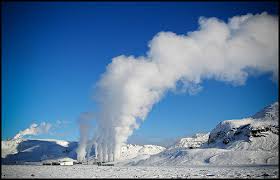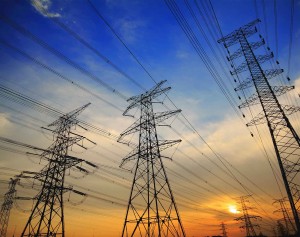 The global geothermal power market was estimated at $3,233.5 million in 2015, and it is expected to grow at a CAGR of 11.6% during 2016 – 2022.
The global geothermal power market was estimated at $3,233.5 million in 2015, and it is expected to grow at a CAGR of 11.6% during 2016 – 2022.
The factors driving the growth of the global market include increased government support for geothermal power projects and stringent environment regulations, high capacity factor, and increasing need for energy independence and geopolitical energy security.
Asia-Pacific dominated the global geothermal power market in 2015, and it is anticipated to retain its dominance during the forecast period.
The geothermal power market in Asia-Pacific is expected to grow, due to high energy demands in the region and high growth in the geothermal power industry.
Moreover, the rapid depletion of fossil fuel and massive unexplored geothermal power market in the region are creating abundant growth opportunities for the Asia-Pacific geothermal power market. In addition, the increasing job opportunities due to the development of geothermal power plant, is the key trend witnessed in Asia-Pacific geothermal power market.
The information and data in the publication “Global Geothermal Power Market Size, Share, Development, Growth and Demand Forecast to 2022”, represents the research and analysis of data from various primary and secondary sources. An amalgamation of top-down and bottom-up approach has been used to calculate the market size.
P&S Market Research analysts and consultants interacted with leading companies of the concerned domain to substantiate every value of data presented in the report. The company bases its primary research on discussions with prominent professionals and analysts in the industry, which is followed by informed and detailed, online and offline research. To read more click here.



 Wind power is currently the cheapest source of large-scale renewable energy. It involves generating electricity from the naturally occurring power of the wind.
Wind power is currently the cheapest source of large-scale renewable energy. It involves generating electricity from the naturally occurring power of the wind.